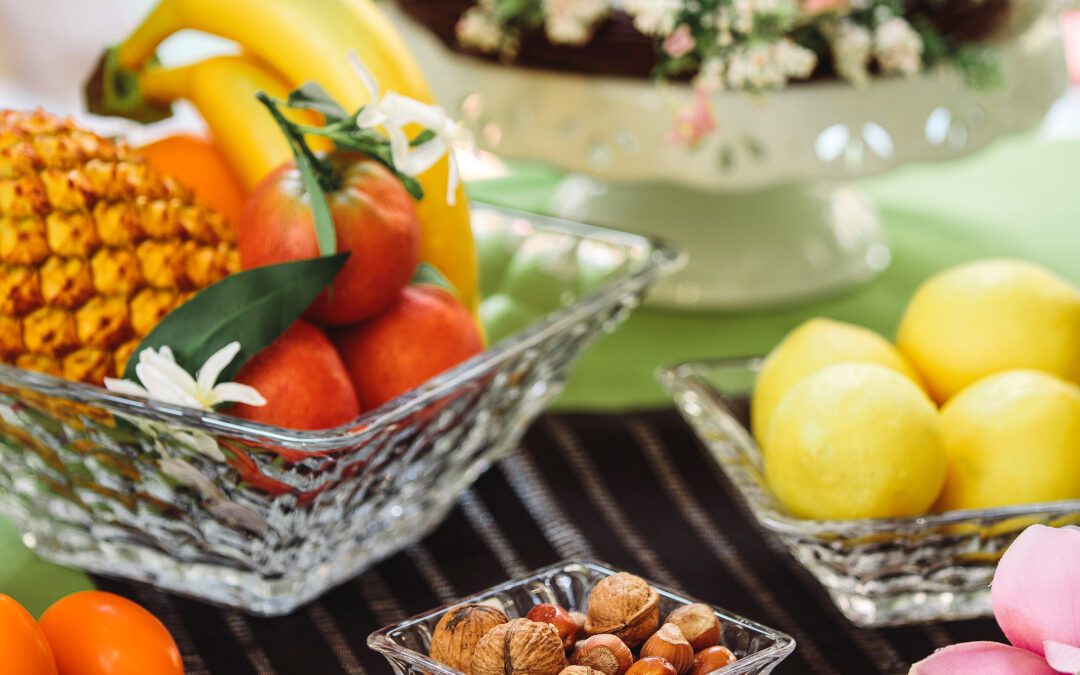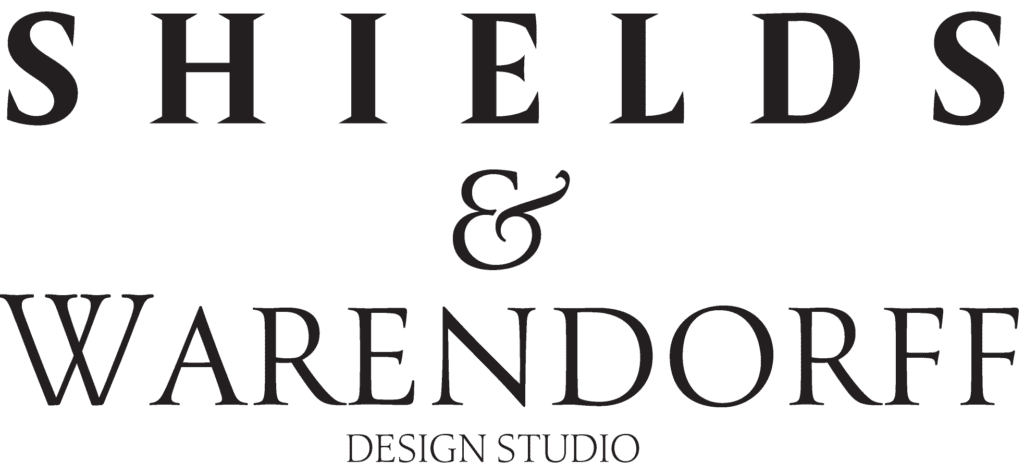When guests take their seats, the table is the stage. One of our favorite ways to heighten that experience is by weaving seasonal produce into floral designs—grapes cascading from compotes, citrus glinting beside taper candlelight, artichokes and figs nestled among garden roses. Done right, fruit-forward tablescapes are immersive, fragrant, and unabashedly celebratory—perfect for New York soirées where conversation and cuisine are equal stars.
Why it works
Edible botanicals add story and sensuality. They deepen color palettes, introduce intriguing forms, and nod to the menu without being literal. In photographs, fruit provides a low, lustrous counterpoint to airy florals, ensuring the table reads abundant but not crowded.
Seasonal palettes we love
- Late summer to early fall: champagne grapes, figs, peaches, and heirloom tomatoes with toffee roses and cafe au lait dahlias.
- Winter into early spring: blood oranges, kumquats, pears, and pomegranates paired with hellebore, ranunculus, and garden roses.
- High spring: green almonds, baby artichokes, and pea tendrils with sweet pea, tulips, and spirea.
We tailor the mix to your venue and lighting—richer tones for candlelit rooms, brighter citrus for daytime penthouses.
Composition principles
- Vary scale: cluster tiny fruits (kumquats, champagne grapes) near delicate blooms; anchor with a few larger forms like artichokes.
- Create drape: use vine-on grapes or trailing greenery to connect arrangements across the table.
- Protect flow: keep fruit low and recessed from plate lines so service remains seamless.
- Invite touch—carefully: we style some pieces as edible décor at stations or dessert bars while keeping dining tables focused on visual impact and fragrance.
Scent and guest comfort
We choose florals and botanicals that layer scent gently: citrus is uplifting; figs are subtly sweet; herbs like mint and bay calm the nose and cleanse the palette visually. Fragrance is kept light and peripheral so conversation and cuisine take center stage.
Health and venue considerations
Shields adheres to food-safe styling. We avoid sticky residues at place settings, use liners where fruit meets porous surfaces, and coordinate with caterers so the tablescape supports, not complicates, service. After the event, we plan for donation or guest take-home where appropriate.
Where to deploy fruit-forward styling
- Head table or chef’s table for experiential intimacy.
- Escort displays and dessert backdrops where guests engage closely.
- Bars and tasting stations where produce can echo cocktail garnishes and menu notes.
Budget-smart abundance
Fruit can add volume and richness without increasing the number of premium blooms. We use it strategically to stretch the look across long kings tables or to give a boutique feel to cocktail rounds.
Bringing the concept to life
A successful fruit-forward plan starts with the menu, venue light, and linen choice. From there, we compose a color story—perhaps fig, plum, and sable for autumn; or lemon, sage, and alabaster for spring. Then we engineer the mechanics so everything is secure and service-friendly. The result feels like a dinner party hosted by a Michelin-starred botanist: generous, artful, and alive.
If you want your guests to feel like they’ve stepped into a living still life—one that pairs perfectly with your menu—ask Shields Flowers & Events to design a fruit-forward tablescape for your date. We’ll build a sensory experience your photographer and your guests will savor.


